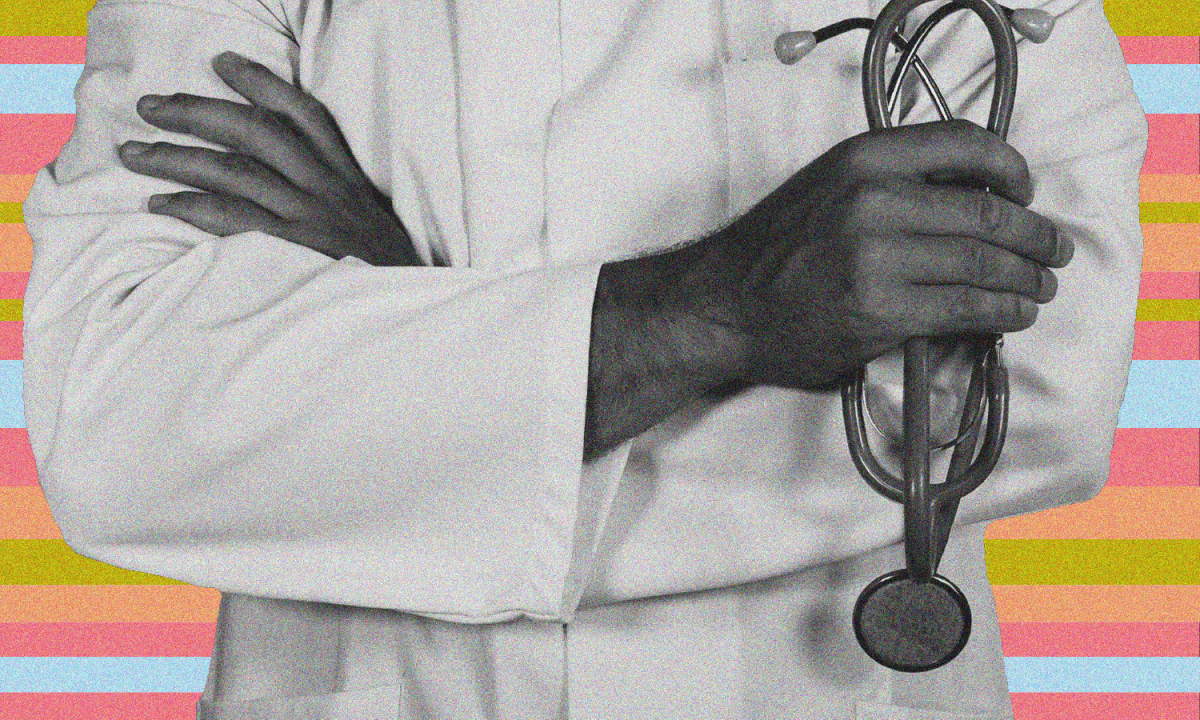The University of Utah’s Family Medicine Residency program changed its application process in 2019 to increase the number of medical residents from underrepresented communities. A study released in March took a look at how successful the change really was.
Kirsten Stoesser, program director with the University of Utah Family Medicine Residency, said the goal was to have graduates in family medicine who better reflect Utah’s growing diversity. Stoesser added that doctors matching a diverse population improve health outcomes. For example, one 2019 study found that Hispanic, Asian and African American patients were more likely to seek preventive care and continue to visit their doctor for ongoing medical problems if their doctor shared the same racial identity.
“The reasons [are multifactorial] why patients might have better outcomes … but we know that having diversity in healthcare providers helps with improving the health of diverse populations,” Stoesser said.
When the residency program changed its applicant rubric in 2019, they added “resiliency points.” Some of the challenging life experiences considered were economic disadvantage, being a first-generation U.S. citizen, facing a major health challenge or being a parent while in medical school.
In February, the New England Journal of Medicine published a case study called “Transforming Diversity of a Family Medicine Residency Program.” It examined how the UUFMR changed its applicant process to train a more diverse group of physicians. The study found that interviews with resident candidates from underrepresented groups in medicine increased from two to 33 interviews between 2017 and 2021. Over the last three classes, the number of residency students who identified as under-represented in medicine averaged 36%.
The Spencer Fox Eccles School of Medicine “defines groups ‘underrepresented in medicine’ as people identifying as American Indian or Alaska Native; Black or African American; Hispanic, Latino, or of Spanish origin; Native Hawaiian or Pacific Islander; or Southeast Asian.”
José E. Rodríguez, MD, FAAFP and associate vice president for Health Equity, Diversity and Inclusion at University of Utah Health, said resiliency is an important trait given the major changes in health care, such as lower reimbursement rates and increases in off-the-clock work.
“We need gritty doctors,” he said. “We need people who can get up after they fall down and get up after they’ve been pushed down.”
Questions about diversity have become a contentious political issue. Earlier this year, Gov. Spencer Cox signed H.B. 261, or the “Equal Opportunity Initiatives,” into law. The initiative prohibits some types of diversity training and “using an individual’s certain characteristics in decisions regarding aspects of employment or education.”
Then, the U released new guidelines for equity, diversity and inclusion in response to the law in May. The universities’ EDI centers were dissolved, and the employees from those departments were integrated into Student Affairs.
But Stoesser said the Equal Opportunity Initiatives will not impact the UUFMR’s rubric. Rodríguez added the increased diversity was a “side effect” of the search for resilient residents.
“The rubric doesn’t have anything about race, [or] ethnicity in it at all,” Rodríguez said. “That’s on purpose because this was never about race. It was about grit.”
Rodríguez noted people from underrepresented identities in medicine are more likely to work in underserved areas, treating patients with similar backgrounds. One study in 2014 showed that physicians from minority communities were more likely to see underserved patients.
“The bottom line is the state cares about inequities,” he said. “Economic inequities bother the state. And this is one of the ways to mitigate economic disparities.”





Katie • Jun 18, 2024 at 12:51 pm
Such a thoughtful article. Thank you for tying in all the relevant points! In healthcare especially, when patients can see a doctor who looks like them – outcomes are just better. ‘Diverse’ shouldn’t be a bad word, though that seems to be the climate right now.